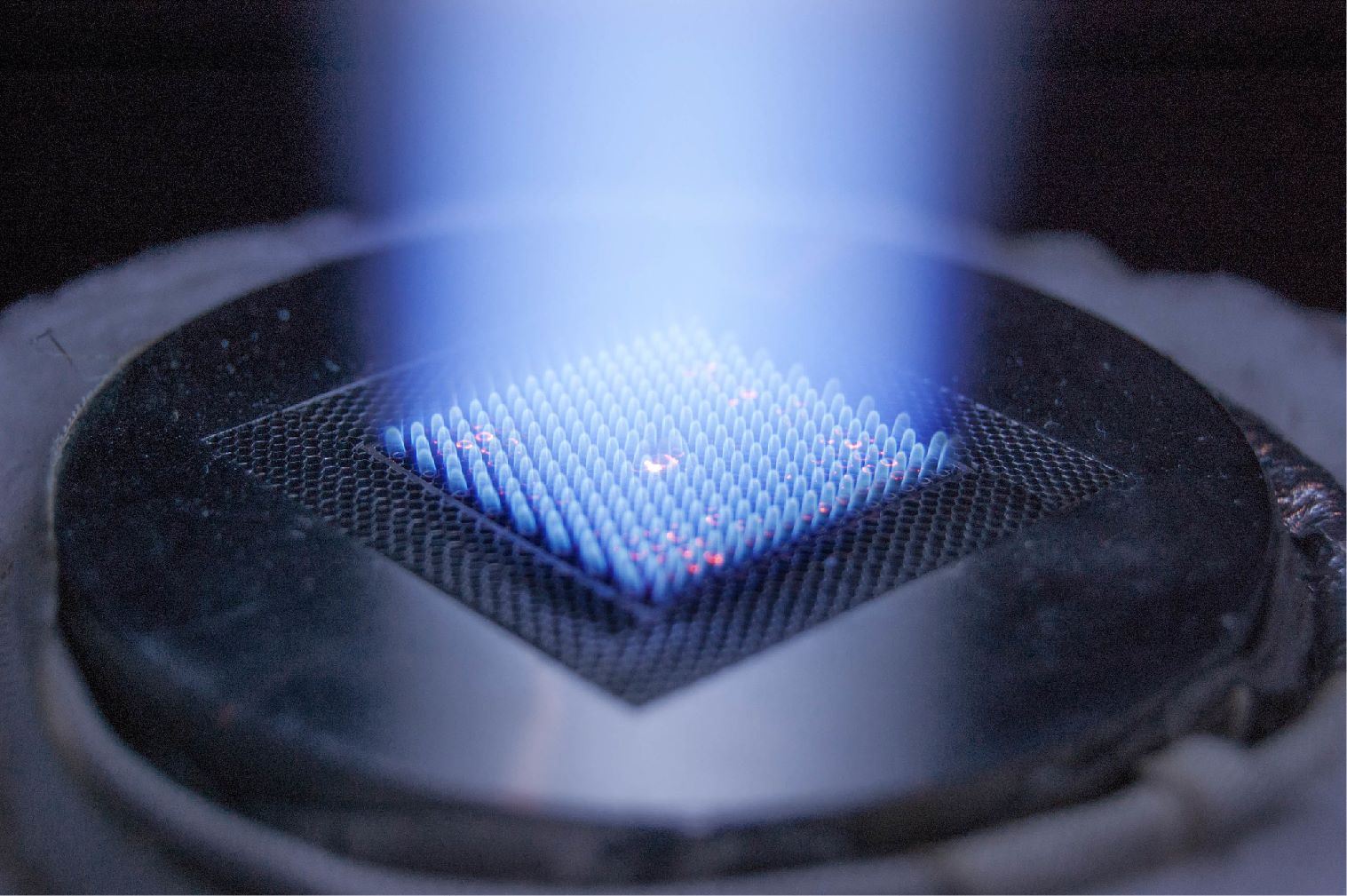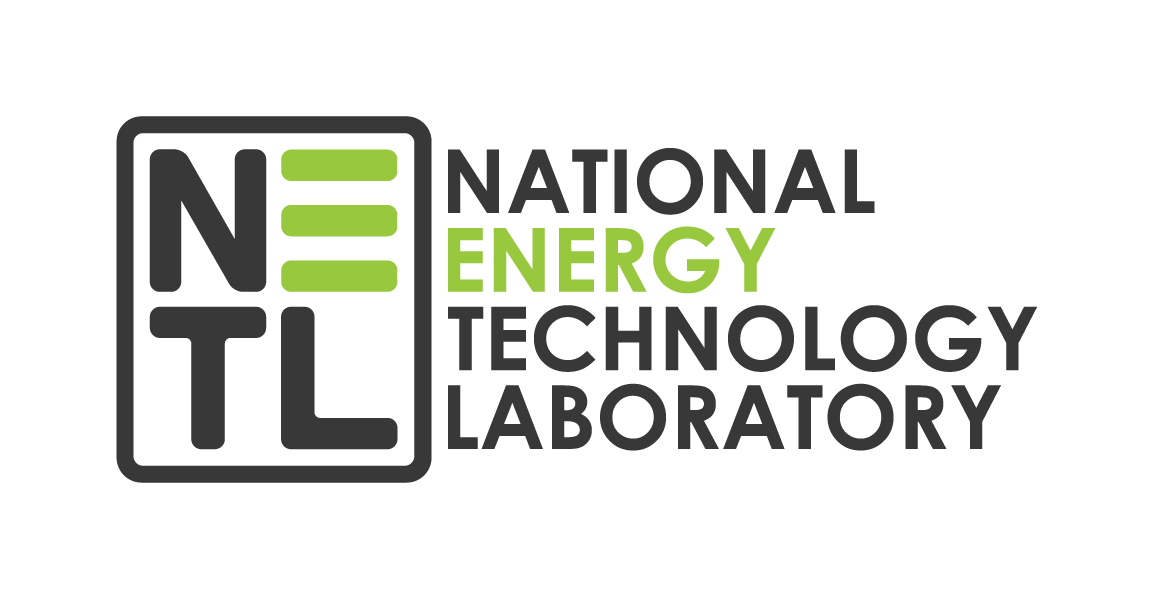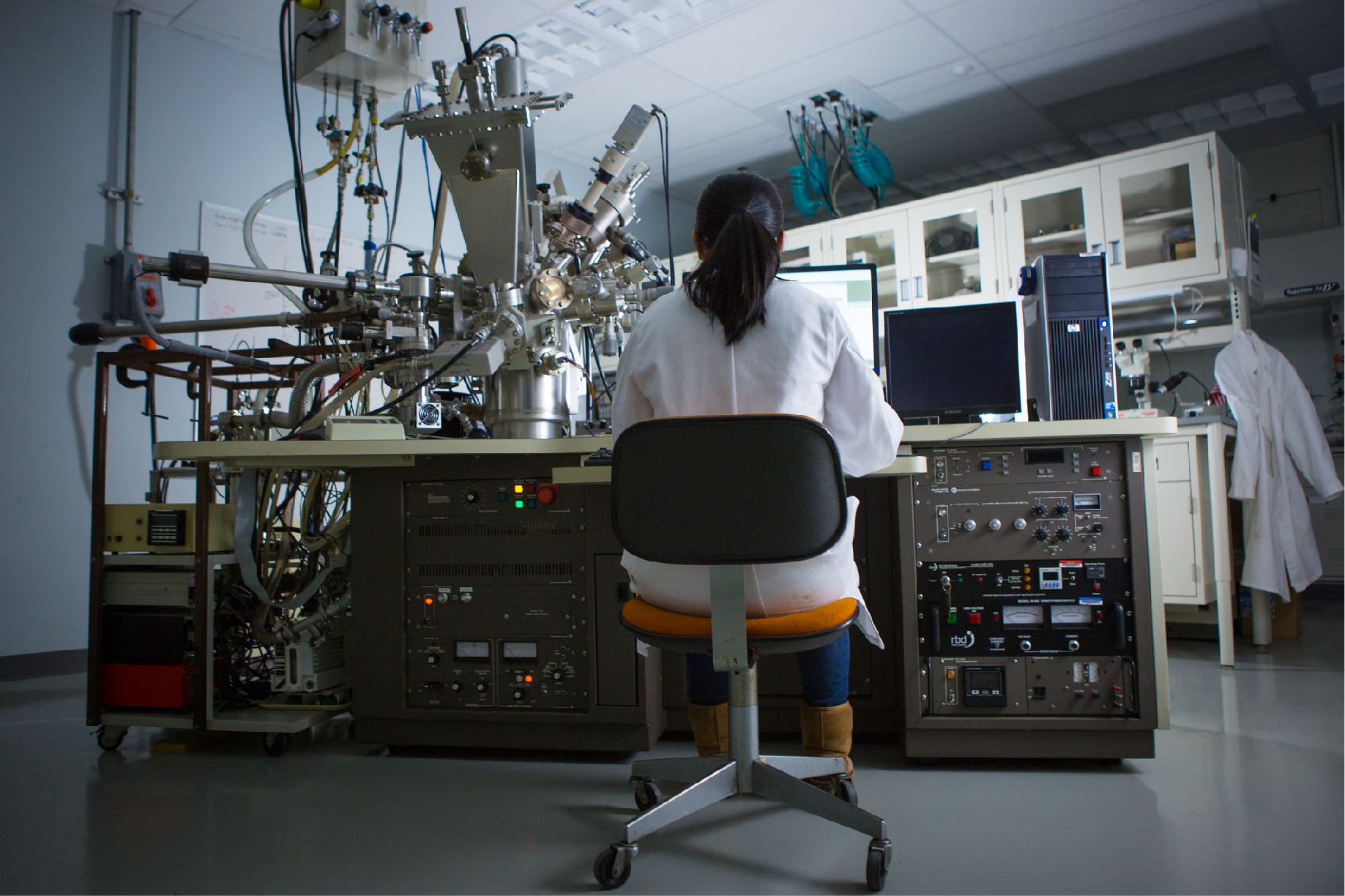About
News and Events
Research and Programs
Featured Initiatives Advanced Alloys Signature Center (AASC) Center for Fuels and Chemicals (CFC) Center for Microwave Chemistry (CMC) Coal for High-Value Products Critical Minerals and Materials Natural Gas Science-based Artificial Intelligence and Machine Learning Institute (SAMI) Subsurface Science Turbine System Optimization
Major Fossil Energy Programs Carbon Management Resource Sustainability
Core Competencies Computational Science and Engineering Energy Conversion Engineering Geological and Environmental Systems Materials Engineering and Manufacturing Strategic Systems Analysis and Engineering Program Execution and Integration
Core Competencies Computational Science and Engineering Energy Conversion Engineering Geological and Environmental Systems Materials Engineering and Manufacturing Strategic Systems Analysis and Engineering Program Execution and Integration
Energy Technology Development Office of Energy Efficiency and Renewable Energy Battery Workforce Initiative Cybersecurity, Energy Security, and Emergency Response Office of Electricity
University Training & Research Historically Black Colleges and Universities and Minority Serving Institutions Program University Carbon Research Program
University Training & Research Historically Black Colleges and Universities and Minority Serving Institutions Program University Carbon Research Program
Business
Library
Explore our Library

Approved Categorical Exclusions Environmental Assessments Environmental Impact Statements Oil and Gas Projects Summaries NETL Fact Sheets Publication Search Energy Data Exchange (EDX) FECM External R&D Final Technical Reports Project Landing Page Summary Information for External R&D Awards NETL R&D Publication Search Peer Review Reports
- Research and Programs
- Featured Initiatives
- Core Competencies
- Core Competencies
- Energy Technology Development
- University Training & Research
-
- Business
- Technology Transfer
-
- Library
- Energy Analysis
-
- About
- News and Events
- Education



 The U.S. generates more than one-third of its electricity from coal combustion. As a result, approximately 113 million metric tons (t) of coal combustion products are generated annually, which includes 38 million t of fly ash and 9 million t of bottom ash. With median REE and Yttrium concentrations reported in U.S. ash as 481 milligrams per kilogram, it is estimated that a total of 8,910 t as rare earth oxides (REO) can be generated from all unused fly ash reserve annually in the United States. The annual REO production from fly ash along with bottom ash, if 100% recovered, will have the potential to satisfy 94% of U.S. annual demand (9,500 t reported in 2018).
The U.S. generates more than one-third of its electricity from coal combustion. As a result, approximately 113 million metric tons (t) of coal combustion products are generated annually, which includes 38 million t of fly ash and 9 million t of bottom ash. With median REE and Yttrium concentrations reported in U.S. ash as 481 milligrams per kilogram, it is estimated that a total of 8,910 t as rare earth oxides (REO) can be generated from all unused fly ash reserve annually in the United States. The annual REO production from fly ash along with bottom ash, if 100% recovered, will have the potential to satisfy 94% of U.S. annual demand (9,500 t reported in 2018).